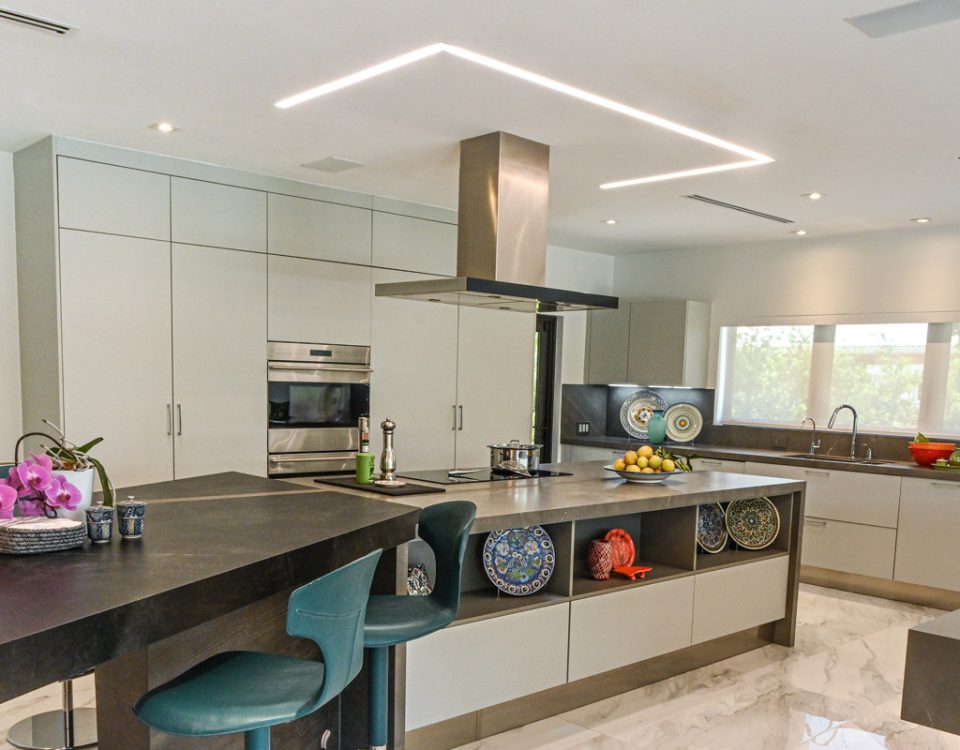Top 6 Recessed Lighting Tips

Whether you’re renovating your old home or building a new one, installing recessed lighting can enhance both the element of style and function in any space. When cleverly used, it can increase the level of lighting in your indoor space, highlight special features such as artwork, and open up spaces to make them feel and look bigger.
Choosing the right combination of layout and lighting style can create an inviting atmosphere and bring your indoor space to life. However, with many choices in terms of style and layout, it can be overawing if you’re dealing with a slightly larger indoor lighting project. We put together some recessed lighting tips to help you get it just right. Have a look;
- Why Recessed Indoor Lighting?
- Sketch Your Space
- Space Your Light Fixtures Evenly
- Calculate The Total Wattage
- Avoid shadows in the corner
- Highlighting 3-D objects
What do you want to achieve by installing recessed lighting? For many homeowners, recessed lighting helps to highlight interesting features, create a visual focal point or simply brighten certain areas of the home. The overall goal of your recessed lighting installation will determine the layout of the lighting fixtures and the distance in between.
Starting with a sketch is the easiest way to design and stall recessed indoor lighting in any room. If you have access to the room’s blueprint, use it to sketch exactly where the recessed lights will be installed. In addition, take the measurements of the furniture in your room and create paper shapes of the same on the blueprints using the correct scale. This allows you to estimate where the light will land.
When installing your recessed lighting, make sure there is a distance of at least 2ft between the light fixtures and the walls. Space your light fixtures in an even fashion and keep the design balanced –allow a distance of 2ft between fixtures. While at it, try not to install the light fixtures in a rigid design or in rows right at the center –this could easily create the “airport runway” effect.
You can determine the total wattage you need to illuminate any room in advance by first calculating the total area of the room (length x width), then multiplying the outcome by 1.5. This gives you that total wattage that will be required to effectively light your room. Here is the general formula: Length x Width x 1.5 = Wattage (W). The number of bulbs used will now depend on the wattage of each individual bulb.
As you place your lighting fixtures, be careful not to cast shadows in the corners of your room. Shadowy corners tend to make the ceiling appear lower than it actually is, and the room might feel smaller. This can be quite a distraction –so use the above formula to make sure that your room gets sufficient wattage.
When trying to highlight a 3-D object using recessed lighting –such as a sculpture, fireplace, or flower arrangement –light it from 2 or 3 different angles. This kills shadows and showcases the object effectively.
Bottom line
That sums up just about the most important basics you need to know about recessed indoor lighting. Before purchasing any lighting fixtures, try to get some advice from an experienced interior designer or electrical salesperson. And if the project is more complex than your skills, consider hiring a skilled professional.





